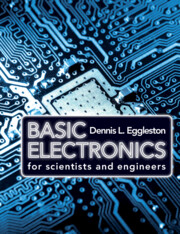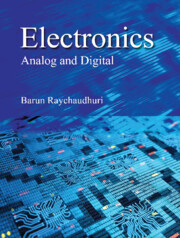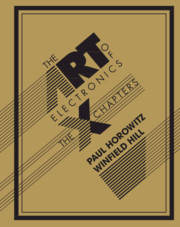Basic Electronics for Scientists and Engineers
While an understanding of electronic principles is vitally important for scientists and engineers working across many disciplines, the breadth of the subject can make it daunting. This textbook offers a concise and practical introduction to electronics, suitable for a one-semester undergraduate course as well as self-guided students. Beginning with the basics of general circuit laws and resistor circuits to ease students into the subject, the textbook then covers a wide range of topics, from passive circuits to semiconductor-based analog circuits and basic digital circuits. Exercises are provided at the end of each chapter, and answers to select questions are included at the end of the book. The complete solutions manual is available for instructors to download, together with eight laboratory exercises that parallel the text. Now in its second edition, the text has been updated and expanded with additional topic coverage and exercises.
- Shows readers how to understand and work with electronic circuits using a balance of thorough analysis and insight
- Presents important theoretical concepts using clear and rigorous mathematics suitable for science and engineering students at the sophomore level and above
- Offers core knowledge and techniques that can be applied to circuit models beyond those covered in the book
Product details
September 2025Paperback
9781009622394
290 pages
254 × 178 mm
Not yet published - available from September 2025
Table of Contents
- Preface to the First Edition
- Preface to the Second Edition
- 1. Sources, resistors, and circuit laws
- 2. AC circuits
- 3 Band theory and diode circuits
- 4. Bipolar junction transistors
- 5 Field-effect transistors
- 6. Operational amplifiers
- 7. Oscillators
- 8. Digital circuits and devices
- Appendix A. Selected answers to exercises
- Appendix B. Linearity and Its Consequences
- Appendix C. Tellegen's Theorem
- Appendix D. Solving a set of linear algebraic equations
- Appendix E. Inductively coupled circuits
- Appendix F. Model Equations for Bipolar Junction Transistors
- Appendix G. Transistor Hybrid Parameters
- Appendix H. Minterms, maxterms, and canonical form
- Appendix I. Binary subtraction using two's complements
- Bibliography
- Index.





